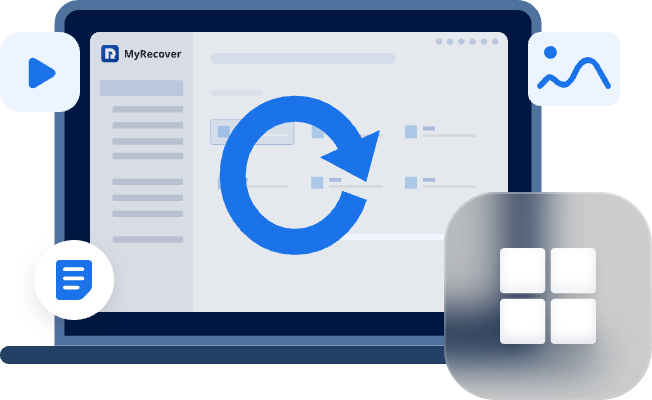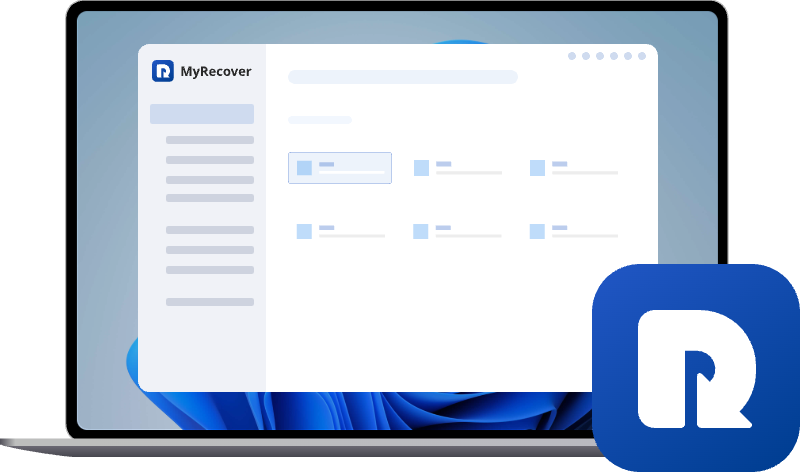Solved: No Bootable Device Insert Boot Disk and Press Any Key
If your PC shows "no bootable device insert boot disk", don’t panic. This helpful guide walks you through why this error appears and how to fix it fast — from adjusting BIOS boot order to repairing damaged system files. Restore access to your Windows system and prevent future boot issues easily.
Introduce
My computer keeps saying "No bootable device -- insert boot disk and press any key" whenever I boot it up. Is there any way I could solve this?
- Question from HP Support Community
Anyone know how to fix this? (No bootable device — insert boot disk and press any key)
It won’t, for some reason, let me follow the YT tutorials because, for some reason, it will just repeat the same words? Like it will just repeat "No bootable Device — insert boot disk and press any key" I really need help.
- Question from Reddit
Nothing kills your mood faster than powering on your computer and seeing the dreaded message:
"No bootable device — insert boot disk and press any key"
It pops up like a digital heart-attack moment. 😱
If you’re staring at this screen right now, don’t panic — you're not alone. This error is super common on Windows PCs and laptops, and fixing it is often easier than it looks.
This guide will walk you through exactly what it means, why it happens, and step-by-step ways to fix it like a pro.
What Does "No Bootable Device" Mean?
In simple words, your computer can’t find an operating system to start Windows. Think of your hard drive as the kitchen pantry. If your PC can't find the "ingredient" (Windows), it can’t "cook up" your system. 🍳💻
Common Causes of the "No Bootable Device" Error
Before fixing, let’s break down the common culprits.
- Incorrect Boot Order: The BIOS is trying to boot from the wrong device — like USB instead of your hard drive.
- Damaged or Missing Boot Files: Windows boot files got corrupted or deleted.
- Hard Drive Not Detected: Loose cable or BIOS doesn’t recognize your disk.
- Corrupted Operating System: Windows update gone wrong? Yep, this can trigger it.
- Faulty Cables or Loose Connection: A tiny loose wire = big boot problems.
- Bad Hard Drive or SSD: Worst case — drive is dying or dead.
Before You Fix Anything — Protect Your Data
When this message appears, your data may still be on the drive — it’s just inaccessible right now.
⚠️ Trying multiple fixes without recovery could overwrite files.
So the first priority?
✅ Recover Your Data Before Repairing the System
Meet MyRecover — Your Data Lifesaver
If you're worried about losing photos, documents, or work files, MyRecover is your best friend here.
Why MyRecover?
- Recovers data from unbootable Windows systems.
- Works even if Windows is corrupted.
- Fast scanning & high recovery success rate.
- Beginner-friendly — no tech skills needed.
Perfect for situations like this.
How to Recover Data Using MyRecover (Quick Steps)
1. Create a bootable USB using MyRecover on another PC.
2. Boot the problem computer using the USB.
3. Let MyRecover scan your hard drive.
4. Preview & recover your files in clicks.
Better safe than sorry, right? 😊
👉 This allows you to save your files before diving into repairs.
How to Fix "No Bootable Device Insert Boot Disk"
Follow these steps in order — starting with the easiest.
✅ Step 1: Restart and Reconnect Hardware
1. Check Storage Cable & Power
If you're on a desktop, open the case and re-plug the SATA/Power cable. Laptop users? Remove and re-seat the hard drive if possible.
2. Remove External Devices
Unplug:
- USB drives.
- CDs/DVDs.
- External hard drives.
Anything external can mess with boot priority.
✅ Step 2: Enter BIOS and Change Boot Order
- Restart your PC.
- Press BIOS key (F2, F10, DEL, ESC — varies by brand).
- Go to Boot Device Options.
- Set Hard Drive / SSD as first boot device.
Save & exit.
✅ Step 3: Enable Legacy Boot or UEFI Mode
Modern systems use UEFI; older ones use Legacy Boot. Switch between these if boot fails.
✅ Step 4: Run Windows Automatic Repair
If you can access Windows recovery:
- Boot PC.
- Press F11 repeatedly or use Windows boot USB.
- Choose Repair your computer.
- Select Startup Repair.
✅ Step 5: Repair Boot Files with Command Prompt
If Startup Repair fails:
Open Command Prompt in recovery and run:
bootrec /fixmbr
bootrec /fixboot
bootrec /scanos
bootrec /rebuildbcd
Restart after finishing.
✅ Step 6: Check Hard Drive Health & Re-seat It
If BIOS can’t detect the drive, try re-seating or replacing cables.
You can also run:
chkdsk x: /r
(Replace X with your drive name)
✅ Step 7: Reinstall Windows if Needed
If your OS is severely corrupted, reinstalling Windows might be your rescue.
⚠️ Backup first if possible!
Advanced Troubleshooting Tips
Test Hard Drive in Another PC
If it’s not detected elsewhere — it's dying.
Update BIOS
Sometimes BIOS updates fix disk detection issues.
Replace the Hard Drive
If the drive shows bad sectors or fails health tests — time to upgrade.
How to Prevent This Error in the Future
Backup Data Regularly
Use OneDrive, Google Drive, or an external disk.
Keep System Updated
Updates prevent OS corruption.
Monitor Disk Health
Use tools like:
- CrystalDiskInfo
- SMART status
Conclusion
The "No bootable device insert boot disk and press any key" error is scary — but now you know it’s totally fixable.
Just remember:
- Recover data first (MyRecover makes this simple).
- Check BIOS settings.
- Repair boot files.
- Replace the drive if dying.
Your PC can come back to life — and with your files safe, you’re unstoppable.


